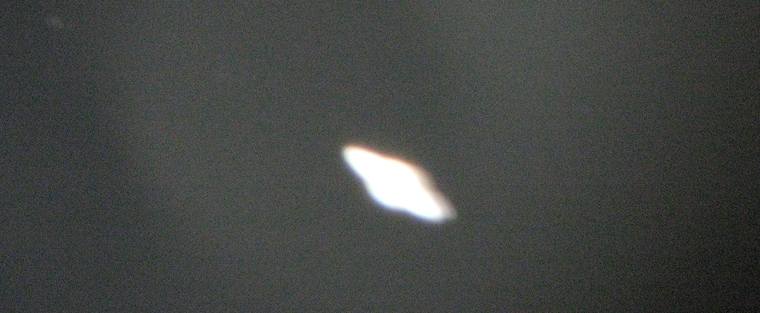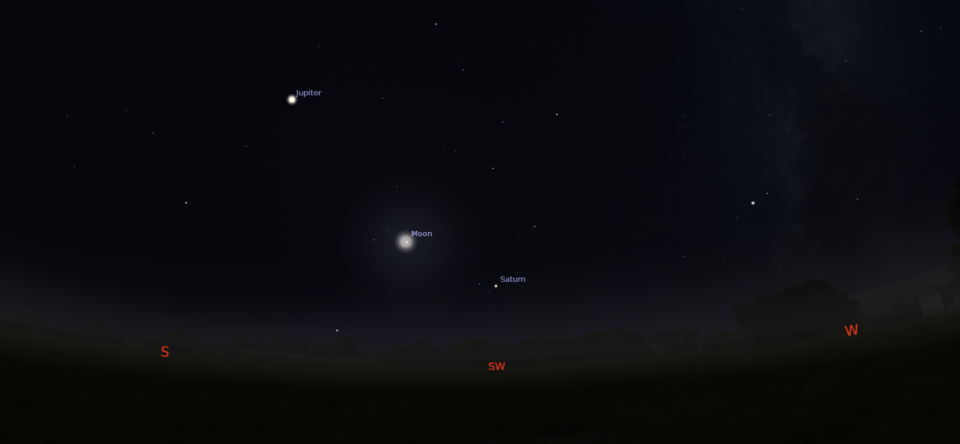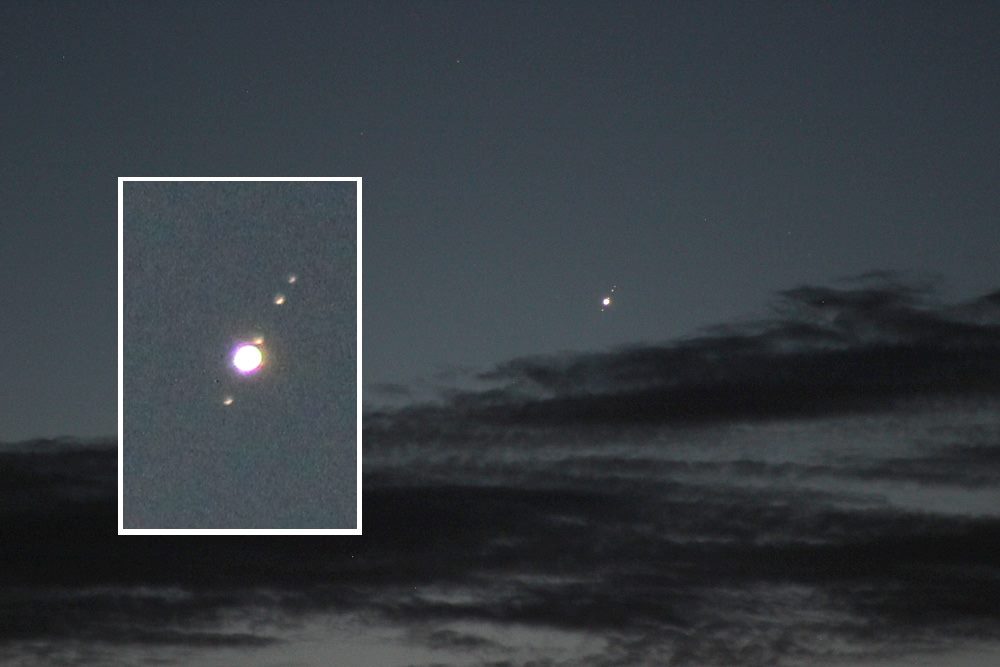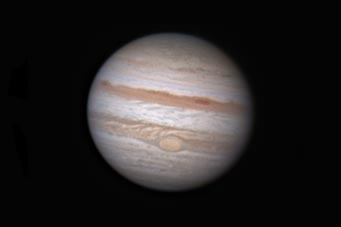
Astro Bob: How to use binoculars to see Jupiter's bright moons - Duluth News Tribune | News, weather, and sports from Duluth, Minnesota

Jupiter and its Galilean satellites as seen through binoculars or a small telescope of the sort used by Galileo Stock Photo - Alamy

Simon Regan on X: "Jupiter and three moons clearly visible through binoculars tonight. Jupiter is so close at the moment, look directly south. https://t.co/FtEsmeyfiL" / X
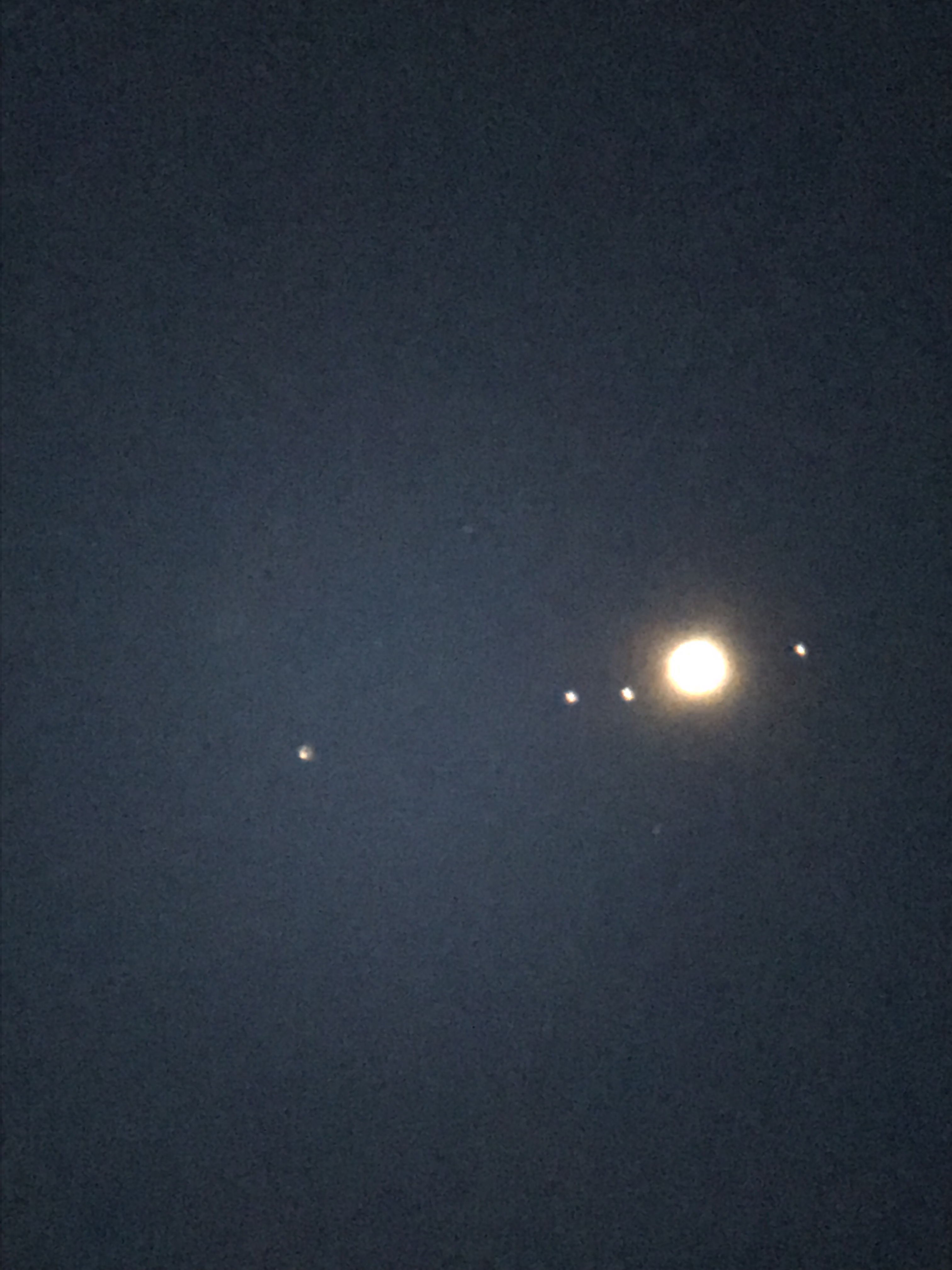
Astronomy Regina on X: "International Astronomy Week. A favorite planet is Jupiter. The 4 Galilean moons do a continual dance around the planet and you can actually watch them move. They are

